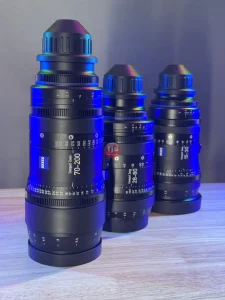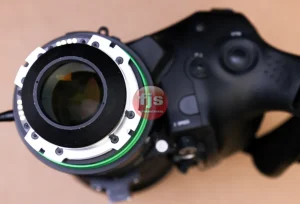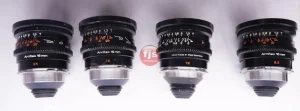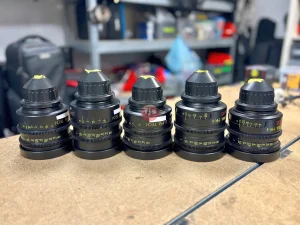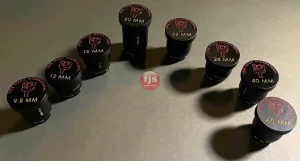Introduction:
Wide-angle lenses are a valuable tool in the world of photography, offering unique perspectives and a wider field of view. These lenses have become increasingly popular among both professional and amateur photographers, enabling them to capture expansive landscapes, architectural marvels, and dynamic group shots. In this comprehensive guide, we will explore the fascinating world of wide-angle lenses, delving into their key features, benefits, and the impact of wide-angle optics, focal length, and optical distortion.
I. What are wide-angle lenses? (Heading: 1.)
Wide-angle lenses are camera lenses with a shorter focal length than standard lenses, typically below 35mm. These lenses encompass a broader field of view, allowing photographers to capture a wider expanse of the scene in a single frame. With their wide perspective, these lenses offer a greater sense of depth and can emphasize the foreground while still including vast amounts of background detail.
II. What are the key features of wide-angle lenses? (Heading: 2.)
- Wide field of view: The primary advantage of wide-angle lenses is their ability to capture a wider scene, perfect for landscapes or tight spaces.
- Distortion: Wide-angle lenses can exhibit optical distortion, such as barrel distortion or perspective distortion. While this can be corrected in post-processing, some photographers embrace this distortion for creative effect.
- Increased depth of field: Wide-angle lenses tend to have a greater depth of field, meaning more of the scene will be in focus, from the foreground to the background.
- Unique perspective: These lenses allow photographers to get closer to their subjects while still capturing the surrounding environment, resulting in more immersive and dynamic images.
III. What are the benefits of using wide-angle lenses? (Heading: 3.)
- Capturing expansive landscapes: Wide-angle lenses are the go-to choice for landscape photographers, enabling them to showcase the vastness and grandeur of natural scenery.
- Architectural photography: With their ability to include more of a building or structure in the frame, wide-angle lenses are perfect for capturing architectural marvels, emphasizing their scale and intricate details.
- Environmental portraits: Wide-angle lenses are ideal for environmental portraits, capturing not only the subject but also providing context by including their surroundings.
- Group photography: When photographing groups, wide-angle lenses allow photographers to fit more people into the frame, ensuring everyone is captured without the need for excessive distance.
IV. The impact of wide-angle optics, focal length, and optical distortion (Heading: 4.)
- Wide-angle optics: Wide-angle lenses are designed to correct optical aberrations that occur when capturing such a wide scene. These optics ensure sharpness and minimize distortion.
- Focal length: The focal length of a wide-angle lens determines its field of view. A shorter focal length results in a wider field of view, while a longer focal length narrows it down.
- Optical distortion: Wide-angle lenses can exhibit distortion, such as barrel distortion, where straight lines appear curved. This is a natural characteristic of these lenses but can be corrected in post-processing or embraced for creative effect.
Conclusion:
Wide-angle lenses are a valuable addition to any photographer’s gear bag. With their ability to capture expansive scenes, emphasize foreground details, and provide a unique perspective, these lenses offer endless creative possibilities. By understanding the key features, benefits, and impact of wide-angle optics, focal length, and optical distortion, photographers can unlock the full potential of their wide-angle lenses and capture stunning images that truly stand out.


